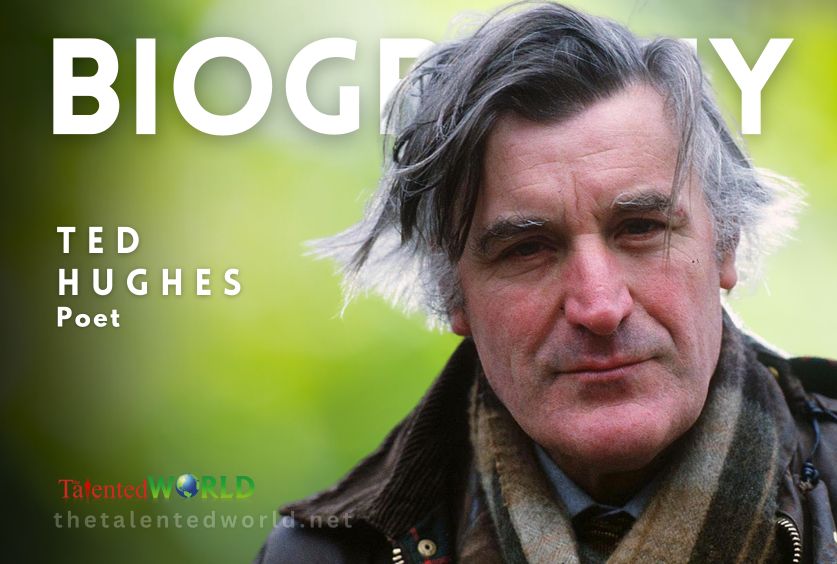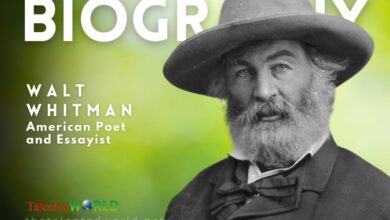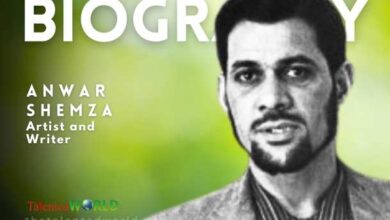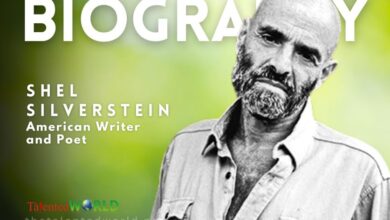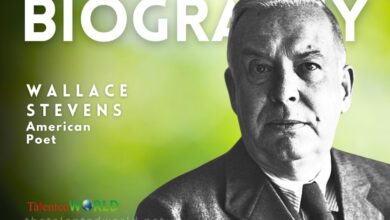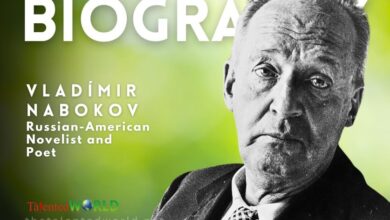| The Iron Man | 1968 |
| Birthday Letters | 1998 |
| Crow | 1970 |
| Collected Animal Poems Vol 4: The Thought Fox | 1995 |
| Ted Hughes Poetry | 1996 |
| The Hawk in the Rain | 1957 |
| Wodwo | 1967 |
| The Iron Woman | 1993 |
| Lupercal | 1960 |
| Remains of Elmet | 1979 |
| Tales from Ovid | 1997 |
| Poems | 1971 |
| Poetry in the making | 1967 |
| Letters of Ted Hughes | |
| Moortown Diary | 1979 |
| Cave birds | 1978 |
| Cartas de Cumpleanos | |
| The Iron Man: Chris Mould Illustrated Edition | |
| Elmet | 1994 |
| Gaudete | 1977 |
| Modern Poetry | 1969 |
| Wolfwatching | 1982 |
| New selected poems, 1957-1994 | 1982 |
| Shakespeare and the Goddess of Complete Being | 1992 |
| Collected poems | |
| Selected Poems | 1983 |
| How the whale became, and other stories | 1963 |
| Season songs | 1975 |
| Collected Poems of Ted Hughes | |
| Poetry is | 1967 |
| A March Calf | 1995 |
| Winter Pollen | 1994 |
| Collected Poems for Children | |
| Sylvia Plath’s Selected Poems | |
| Poems for Children | 2011 |
| River: Poems by Ted Hughes | 1983 |
| Meet my folks! | 1961 |
| My Brother Bert | |
| The mermaid’s purse | |
| The Iron Wolf | 1995 |
| Ted Hughes’ Tales from Ovid | 1997 |
| Orghast | 1971 |
| What is the truth? | 1984 |
| A Ted Hughes Bestiary: Poems | |
| The martyrdom of Bishop Farrar | 1970 |
| Flowers and Insects: Some Birds and a Pair of Spiders | 1986 |
| All Around the Year | 1979 |
